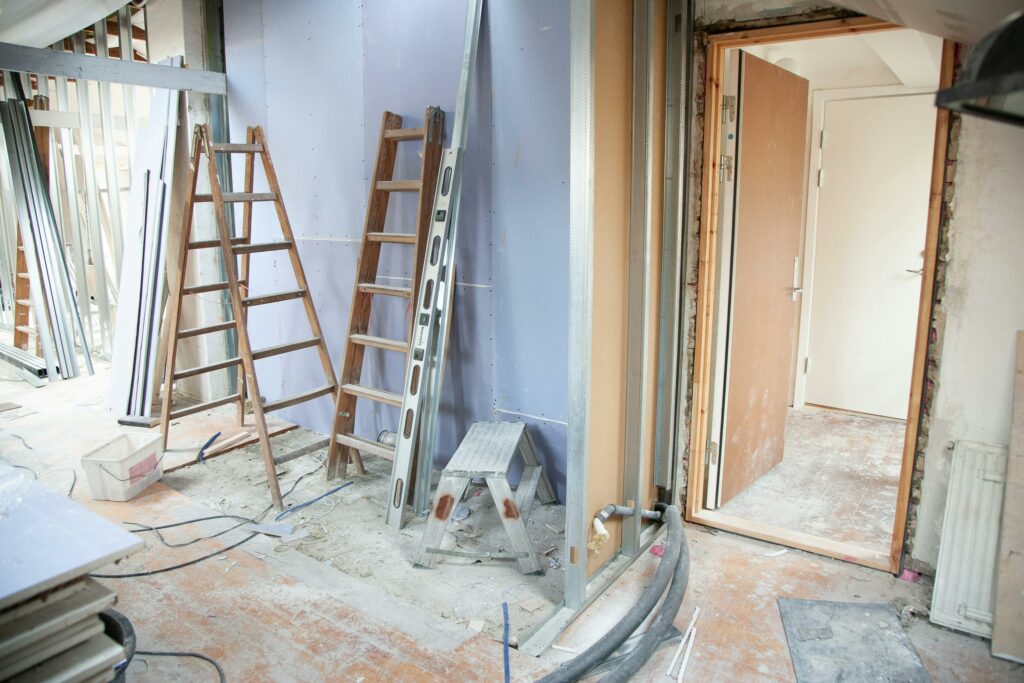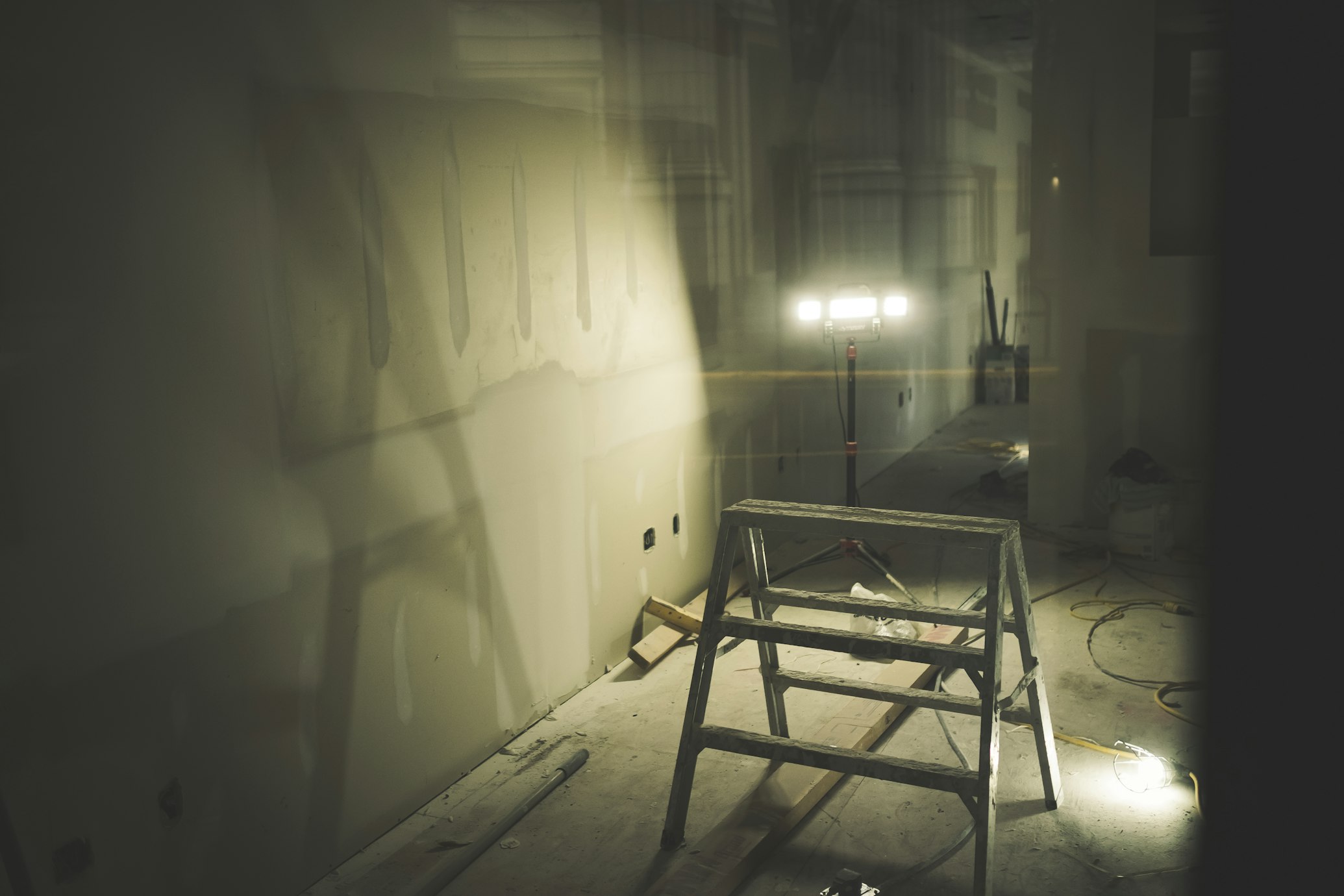Gyprock, also known as plasterboard or drywall, is a common wall and ceiling material used in residential and commercial construction across Australia. One of the most frequent questions from property owners, renovators, and facility managers is: Does gyprock contain asbestos?
The answer depends largely on when the building was constructed or last renovated. While modern gyprock products manufactured after 1990 in Australia are asbestos-free, older properties—particularly those built or renovated before the late 1980s—may contain gyprock with asbestos-containing materials (ACMs).
If you’re unsure, the only way to know for certain is through professional asbestos testing.
When Did Gyprock Contain Asbestos?
In Australia, asbestos was commonly added to Gyprock and joint compounds (like setting compounds, adhesives, or plasters) during the 1950s through to the mid-1980s. It was used to improve durability, fire resistance, and insulation.
Common uses included:
- Gyprock sheeting with asbestos backing
- Jointing and patching compounds used between plasterboard sheets
- Textured coatings such as “popcorn ceilings” or decorative plasters
Although asbestos was phased out in building products throughout the late 1980s, it wasn’t fully banned in Australia until 2003. This means that any building built or renovated before 1990 should be treated with caution.
Why You Shouldn’t Guess

Visually, gyprock with asbestos and asbestos-free gyprock can look identical. Colour, texture, or location alone cannot confirm whether a material is safe. Many Australians unknowingly disturb asbestos-containing plasterboard during:
- Renovations and refurbishments
- Demolitions
- Repairs and maintenance work
Disturbing asbestos without proper controls can release microscopic fibres into the air, creating serious health risks, including mesothelioma, asbestosis, and lung cancer.
That’s why asbestos testing by licensed professionals is critical before any work begins.
The Importance of Professional Asbestos Testing
At Global Asbestos Audits, our team of qualified inspectors is trained to safely inspect, sample, and test suspect materials, including gyprock and joint compounds, across Australia.
Our process includes:
- On-site asbestos inspections to identify high-risk materials
- Careful sample collection using approved safety protocols
- NATA-accredited laboratory analysis to confirm the presence or absence of asbestos
- Detailed reporting and advice on safe management or removal
Whether you’re managing a commercial property or planning a renovation, asbestos testing gives you peace of mind and ensures compliance with Australian Work Health and Safety (WHS) laws.
What to Do If You Suspect Your Gyprock Contains Asbestos
If your building was constructed before 1990 and you suspect asbestos may be present in the Gyprock, do not attempt to cut, sand, or disturb the material. Instead:
- Stop work immediately
- Avoid contact or clean-up
- Book an asbestos inspection with Global Asbestos Audits
Our licensed inspectors provide fast, reliable, and compliant asbestos testing services to protect your health and legal obligations.
Don’t Risk It! Test It!
So, does gyprock contain asbestos? In older buildings, it’s very possible. The only way to be sure is through professional asbestos testing. At Global Asbestos Audits, we help property owners, managers, and tradespeople identify asbestos safely and effectively—before it becomes a costly or dangerous issue.
Book your asbestos test today and ensure your property is safe and compliant.

